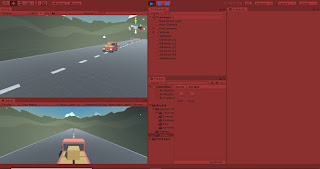This week's reading was about
giving criticism and how it can actually be useful. The useful and good type of criticism is called "constructive criticism". It gives feedback to a person on things that can be improved or issues that can be avoided in a way that doesn't make it sound like you're insulting the person.
When giving constructive criticism, you have to make sure your opinions stay valid and unbiased. This means that the feedback has to be reliable/from a good source,to make sure you know what you're talking about, and free from personal preferences. As we've learnt before, everyone has different preferences in things, so when giving feedback, we need to make sure we avoid what
we would personally like to be done and instead give overall feedback that will help the person improve on their ideas.
Along with that, make sure your criticism is clear, easy to understand and relevant to the topic. Be specific in what needs improvement rather than the typical, vague responses "I like it"/"I don't like it". These responses won't help the person so just point out clearly what works well and what doesn't
Giving criticism correctly can avoid people getting their feelings hurt and giving them low self-esteem. So as long as your feedback is specific,understandable,unbiased and reliable, it should be very helpful to the person you're giving it to.







